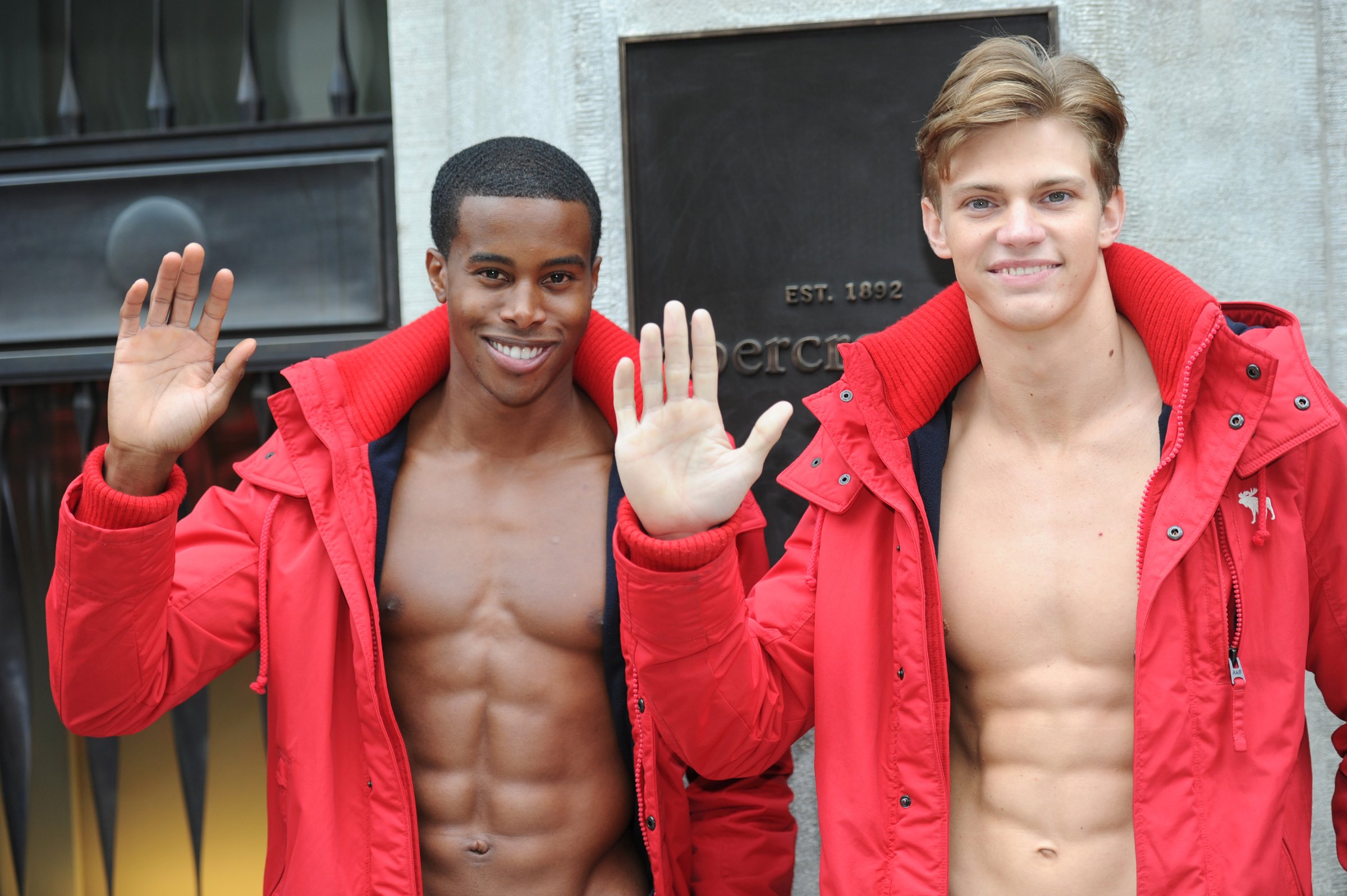
Don’t expect your sales clerk at Abercrombie & Fitch to be unattractive or even average looking, at least not right away. But as of late last week, looks will no longer be a requirement for the clerks at the image-challenged clothing chain to measure up (way up) in terms of “appearance and style.”
Since controversial CEO Mike Jeffries left in December, the company has been trying to refurbish its exclusionary cachet. It’s a challenge because the whole company was built on that image. Abercrombie is attempting to let go of some of its more cringe-inducing policies while maintaining its preppy reputation.
But the chain wants to reach more customers, and being too exclusionary—a tactic that worked for years—won’t get it there. Salespeople can even have mustaches now, though they are still banned from sporting too-wacky hairstyles or wearing “extreme” makeup. When new stores open, no longer will there be shirtless, musclebound men greeting shoppers. Advertising will be less overtly sexualized.
Stores will still play music, but will now favor more mainstream (and less assaultive) over thumping dance-club fare. Lights in the famously dim stores are being turned up. Store managers are getting much more freedom to make decisions on things like displays and layouts.
All that micromanagment and hyper-image-consciousness worked well for Jeffries’ 22-year reign as CEO before he was ousted in December. But what was once cutting-edge started to stall. At the same time, criticism mounted about the company’s “Look Policy.” It has paid out some settlements in lawsuits lodged against it from rejected job applicants. One case was heard by the Supreme Court in February: a lawsuit by a Muslim woman who said she was turned down for a job because of her head scarf.
Sales and profits declined, and are declining still—same store sales were down in six of the past eight years, according to Bloomberg News. Profits fell by 5% last year.
In 2006, Jeffries famously declared that his store was for “the cool kids,” and the “not so cool kids” could shop elsewhere. Now the trick is to lure back those not-so-cool kids. After all, they wear clothes and have bank accounts, too.
More Must-Reads from TIME
- Cybersecurity Experts Are Sounding the Alarm on DOGE
- Meet the 2025 Women of the Year
- The Harsh Truth About Disability Inclusion
- Why Do More Young Adults Have Cancer?
- Colman Domingo Leads With Radical Love
- How to Get Better at Doing Things Alone
- Michelle Zauner Stares Down the Darkness
Contact us at letters@time.com